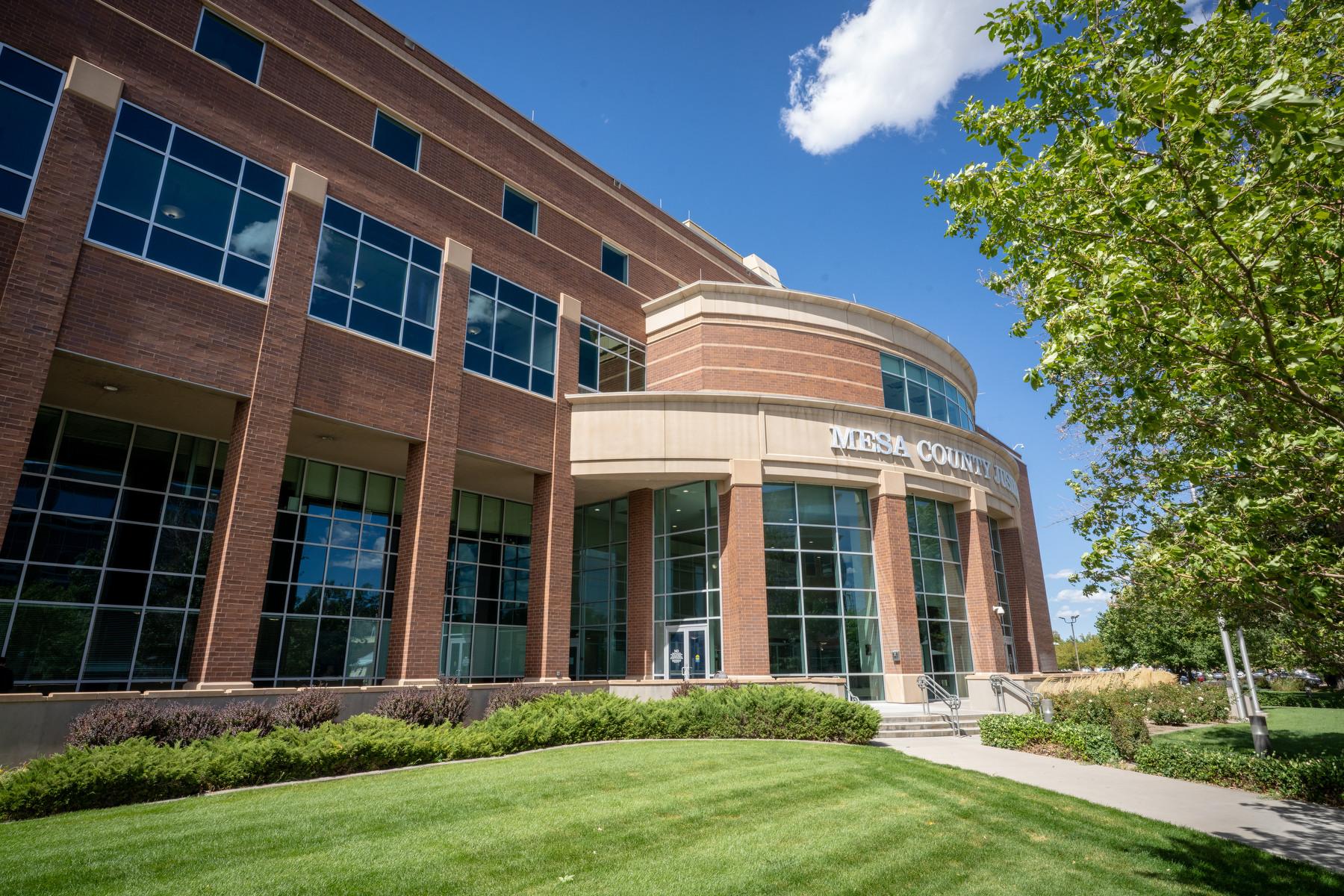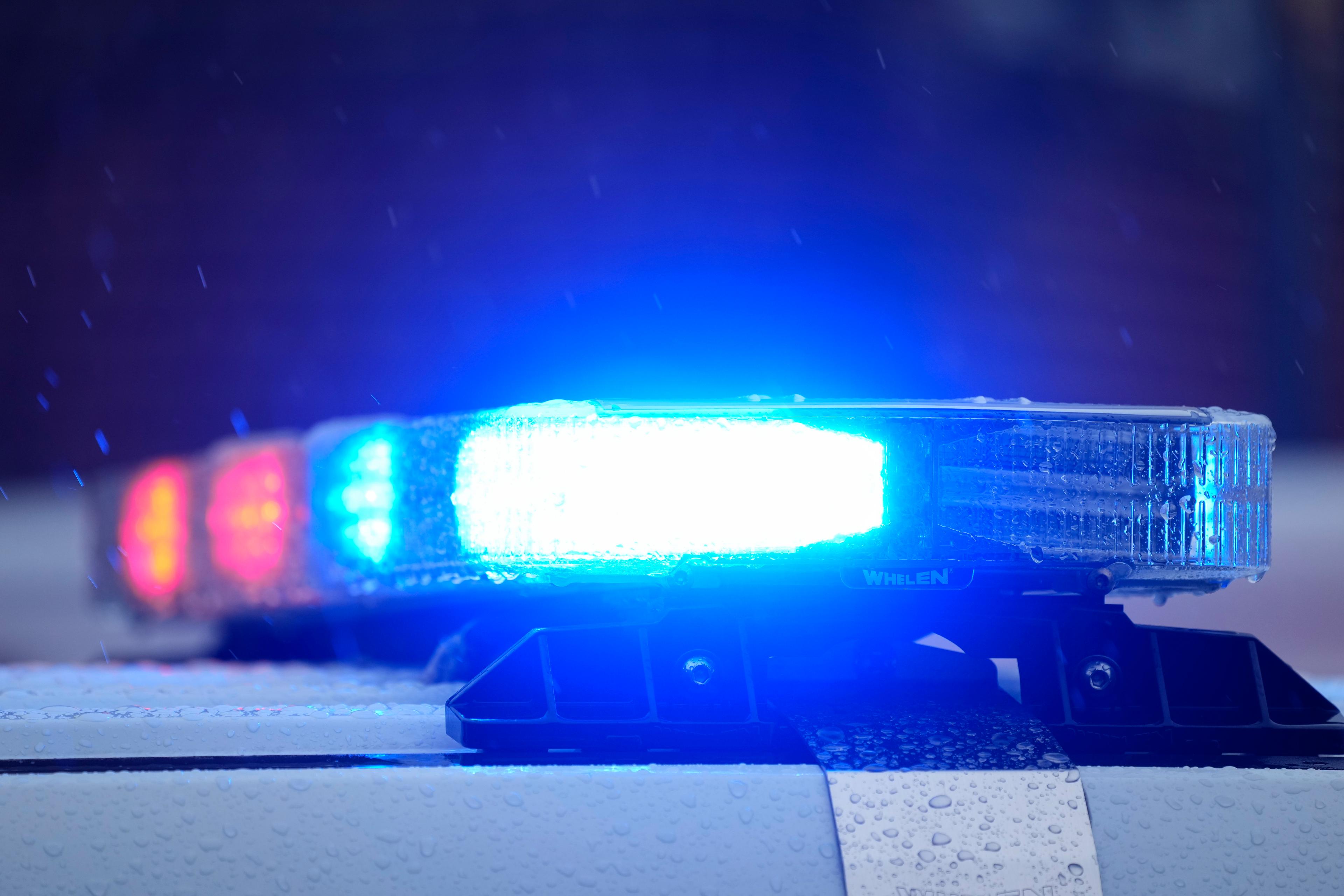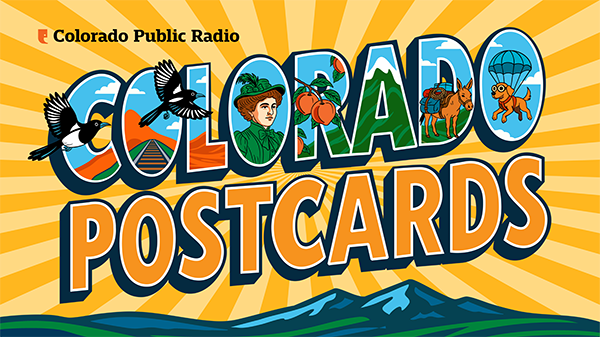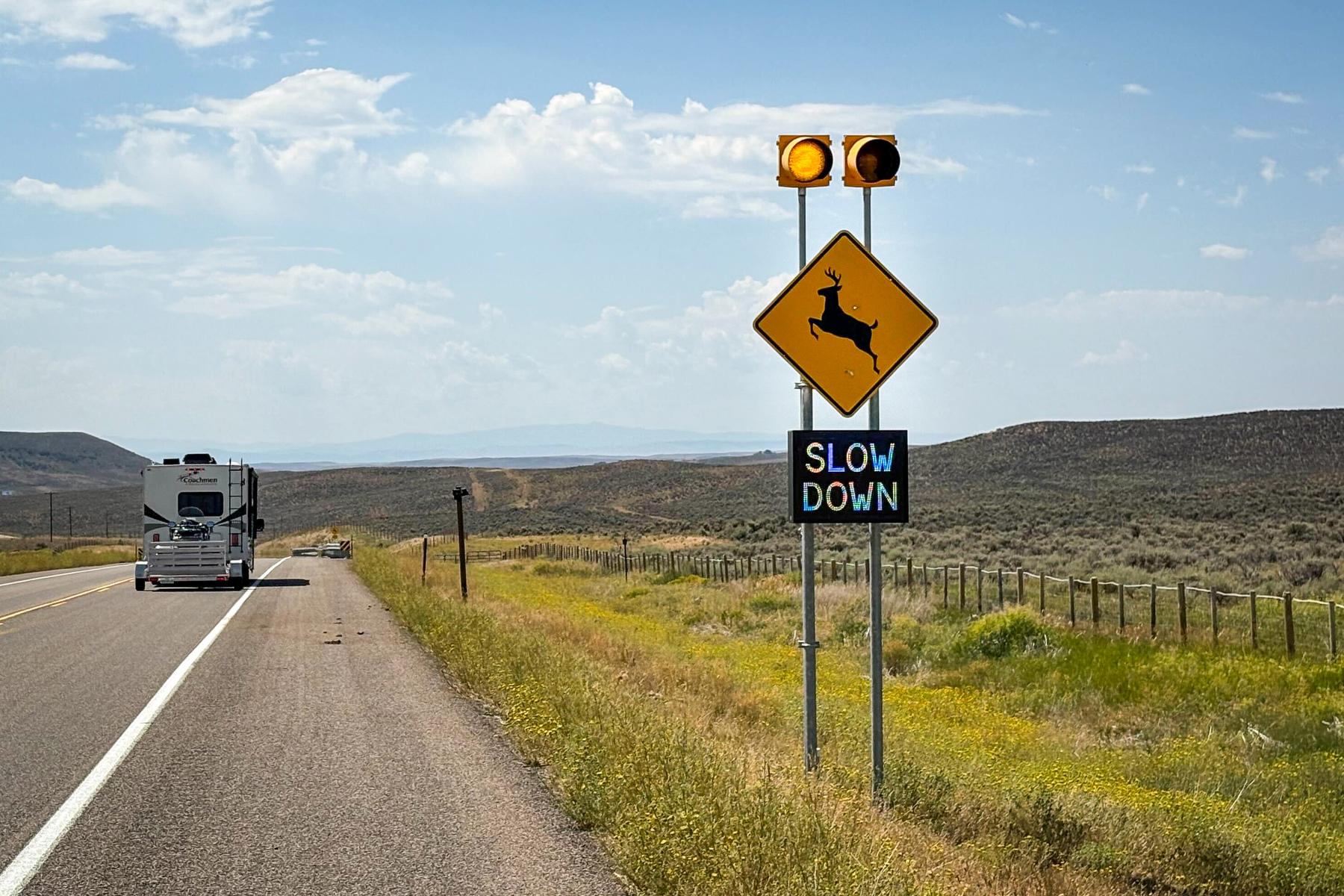
As Kelsey Ruby drives to work at the School of Mines in Golden on 6th Ave, she passes an animal crossing sign.
Every month or so, the lights on the sign are flashing as she drives by, warning her something may be about to cross the road.
“I haven't seen any animals even near the interstate there. But I would love to because, I mean, that's a cool part of Golden is you're kind of close to the foothills and certainly see enough elk poop along the way to know that they're in the area,” she said.
The lack of sightings when the lights are flashing led Ruby to send Colorado Wonders a question: “I don’t see any wildlife in the area, so I was just wondering, how do the lights know when to come on and flash?”
Anyone who’s driven outside of Colorado’s cities has seen animal crossing signs. The yellow diamond with an animal picture – maybe an elk or deer in black or maybe just words – sometimes with lights all around the edge or at the bottom or top.
“Most of the static signage around the state, those flashing beacons will flash 24/7,” explained Jennie Schnackenberg, an engineer with the Colorado Department of Transportation. “We have some on Highway 13 (in northwestern Colorado) that are supposed to be flashing just during the spring and fall migration seasons. So sometimes they are set to flash during specific timeframes.”
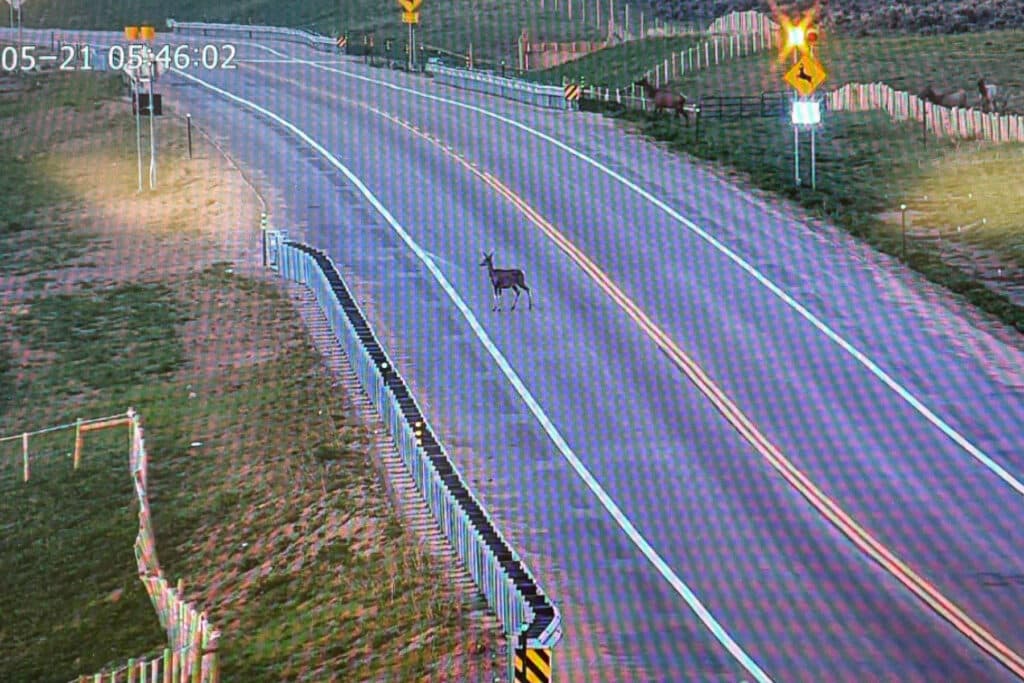
According to CDOT, over the past 10 years, there have been an average of 3,300 reported wildlife-animal collisions per year.
Schnackenberg said the static signs have their drawbacks. “I think people that tend to drive routes regularly, all of us, we kind of just become accustomed to the drive and the route, and we start to ignore signs, especially static signs that we see.”
The sign system along Ruby’s commute to Golden is different — it’s an infrared system put in place in 2011. When an animal approaches, the equipment detects its heat signature and the lights start to flash. But the critter may not always be visible. It’s one of two sites in the state that use an active wildlife detection system.
For the last five years, Schnackenberg has been working on the state’s other active wildlife detection system. It’s located a 25-minute drive north of Craig, in northwestern Colorado, on a different section of Route 13, a long road that connects Interstate 70 and Interstate 80, than the static signs that flash during migration seasons.
But unlike the one in Golden, this system utilizes radar.
“That set of signs are unique in that they flash only when the radar detection system senses the animals within the right-of-way boundaries,” explained Schnackenberg.
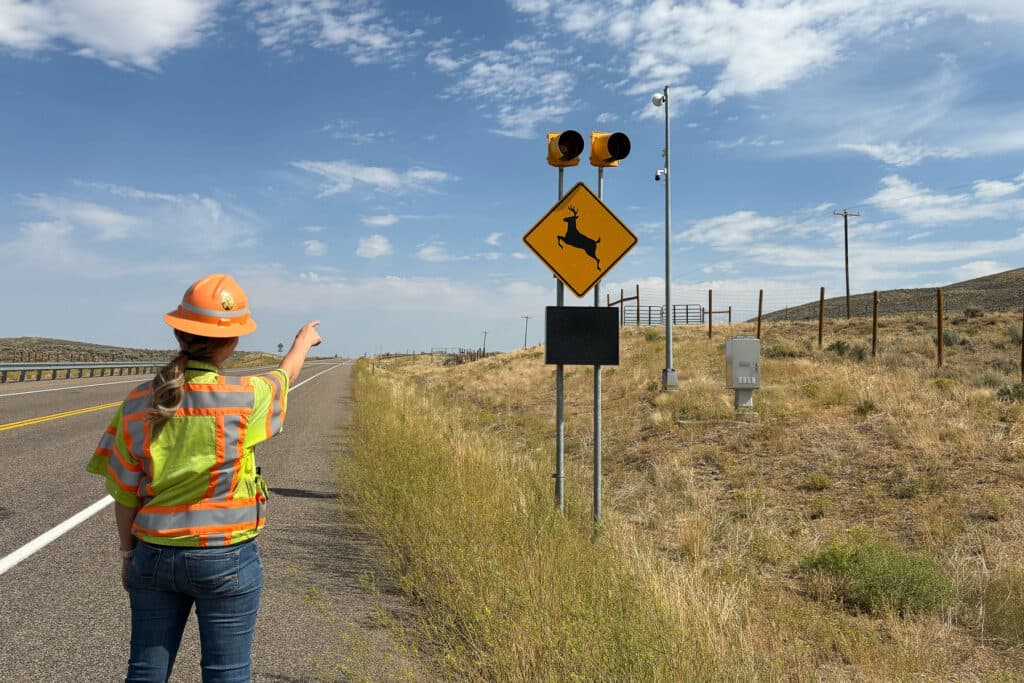
Driving through here, the first thing you see is the usual yellow-and-black deer crossing sign. But right behind, or on the other side of the highway, depending on which way you’re traveling, stands a tall gray pole with cameras and a 360-degree rotational radar unit. When it senses a large animal on the shoulder of the road, such as a deer or elk — or a reporter getting out of the car to take a photo — the lights turn on and flash.
Schnackenberg said this approach catches a driver's attention better than the static signs.
“As long as they see it working, it's only flashing when there really is animals crossing and it's staying blank when there's no animals that aren't, they learn to, I think, trust the system a little bit,” she said. “So that when they do see those signs activated, they trust it and they do slow down.”
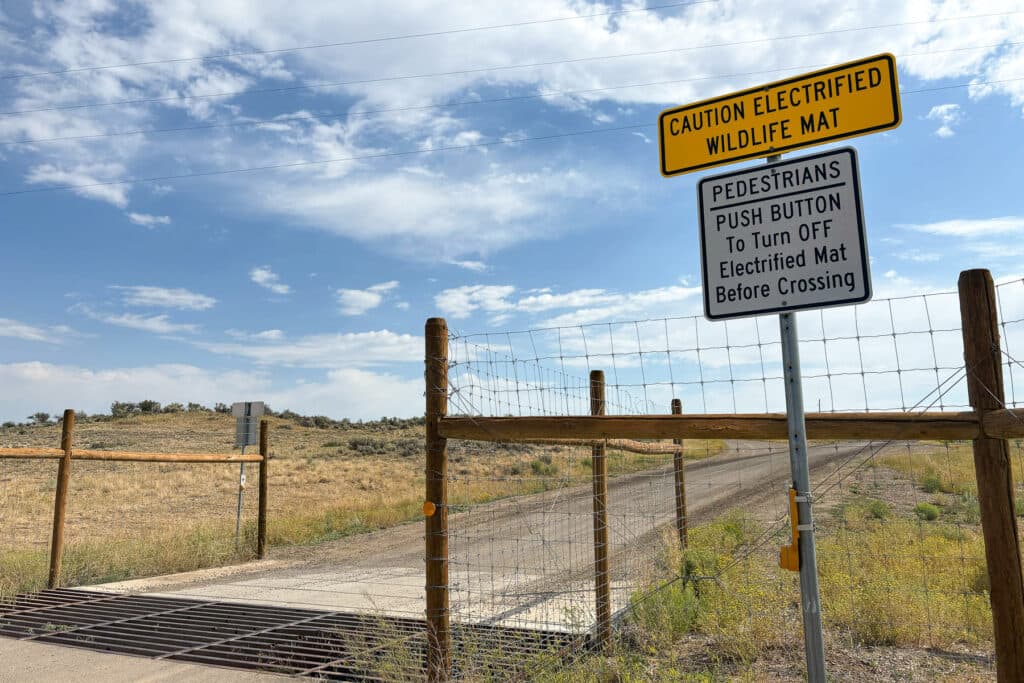
CDOT has essentially created a half-mile-long animal crossing zone. There’s high fencing along the highway leading up to the zone, with “zap mats” and cattle guards at intersections to prevent animals from crossing there. Those measures push wildlife into the half-mile section with lower fencing, where the radar system can warn drivers when animals are on the road.
Once near the shoulder, the lights closest to where the animal has been detected flash.
In a video of the system in action, a small herd of deer jump the low fence and approach the road. The camera spots the deer and zooms in and the lights of the crossing sign start to flash. Down the road, headlights indicate an approaching truck. It starts to slow down as the driver sees the flashing lights and the deer. And all but two of the animals cross the road. As soon as cars going in the opposite direction, which had also slowed down for the signs, pass by, the remaining deer cross the road.
Schnackenberg quipped that no animals were harmed in the making of these videos.
Before starting this animal crossing project, Schnackenberg said Parks and Wildlife did a carcass count along a 14 or 15-mile stretch of the road and identified over 1900 remains of different animals.
Some were old bone piles, some were fresh roadkill, but either way, it was a grim number.
With the system up and running, the situation has changed.
“Just driving the project every once in a while, I know how many carcasses were out here before we built this project, and you would see fresh roadkill regularly on the side of the road, and you don't really see near as much of that right now,” Schnackenberg said. “So just to me, from what I've seen, I do think it's definitely helping.”
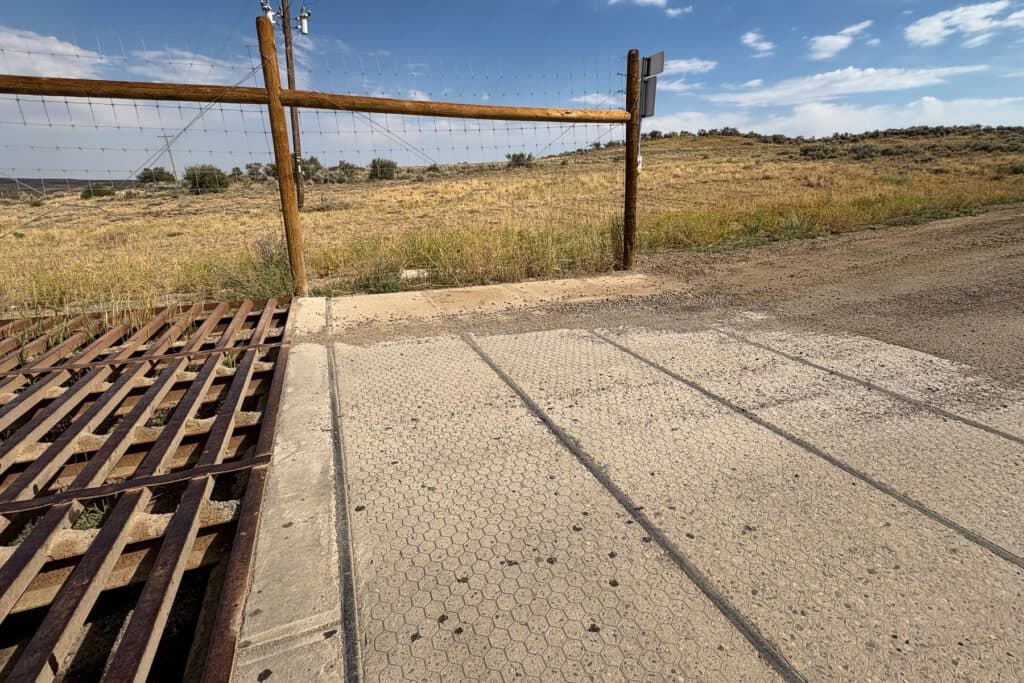
How much it’s helping remains to be seen. The state is still studying the system’s effectiveness. That should be completed next year.
And while wildlife overpasses and underpasses have been getting a lot of attention for their success in helping prevent animal-vehicle collisions, the radar system is a fraction of the cost.
Be it infrared, radar or overpasses, the state is working to make sure animals crossing the road get to the other side, without colliding with a vehicle.
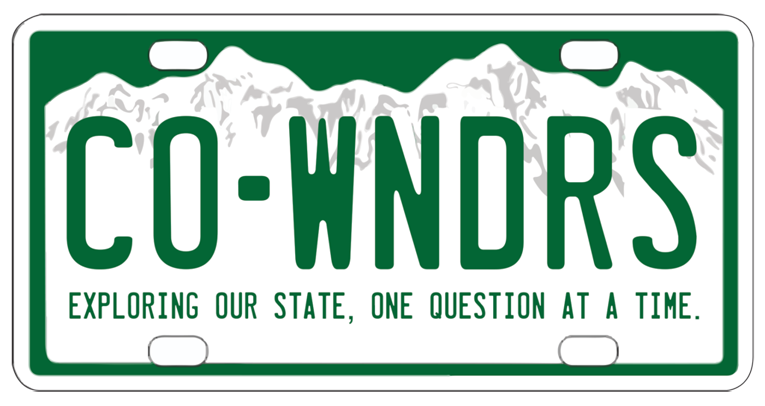
Colorado Wonders
This story is part of our Colorado Wonders series, where we answer your burning questions about Colorado. Curious about something? Go to our Colorado Wonders page to ask your question or view other questions we've answered.



